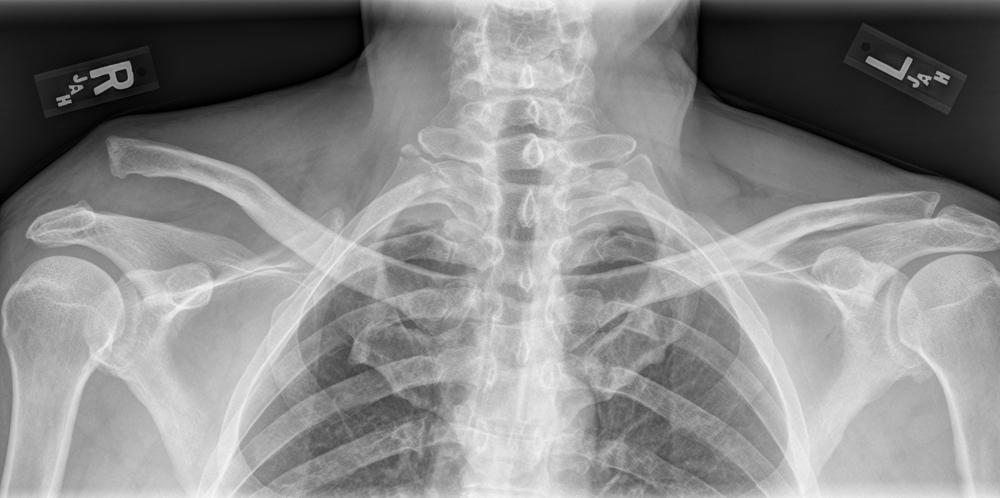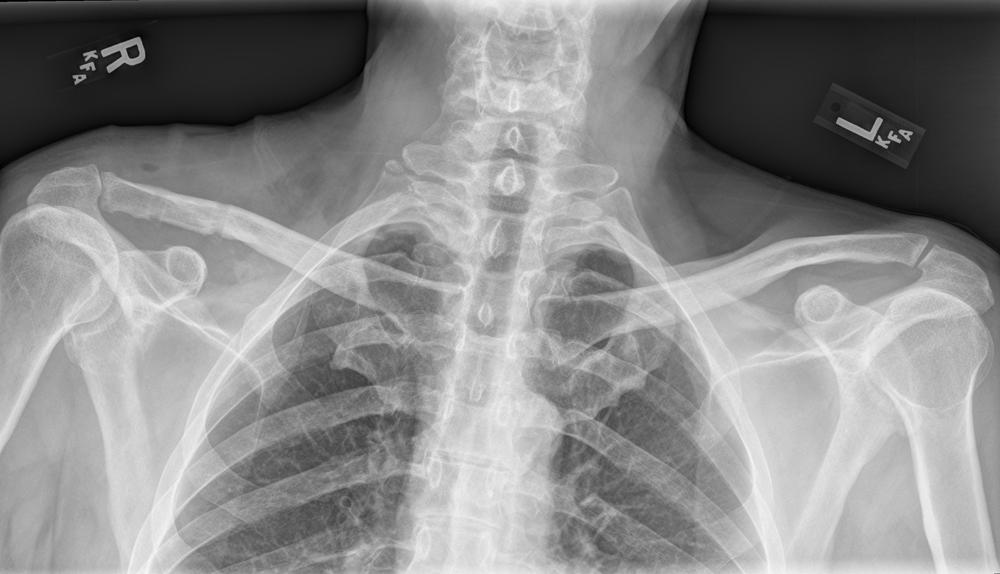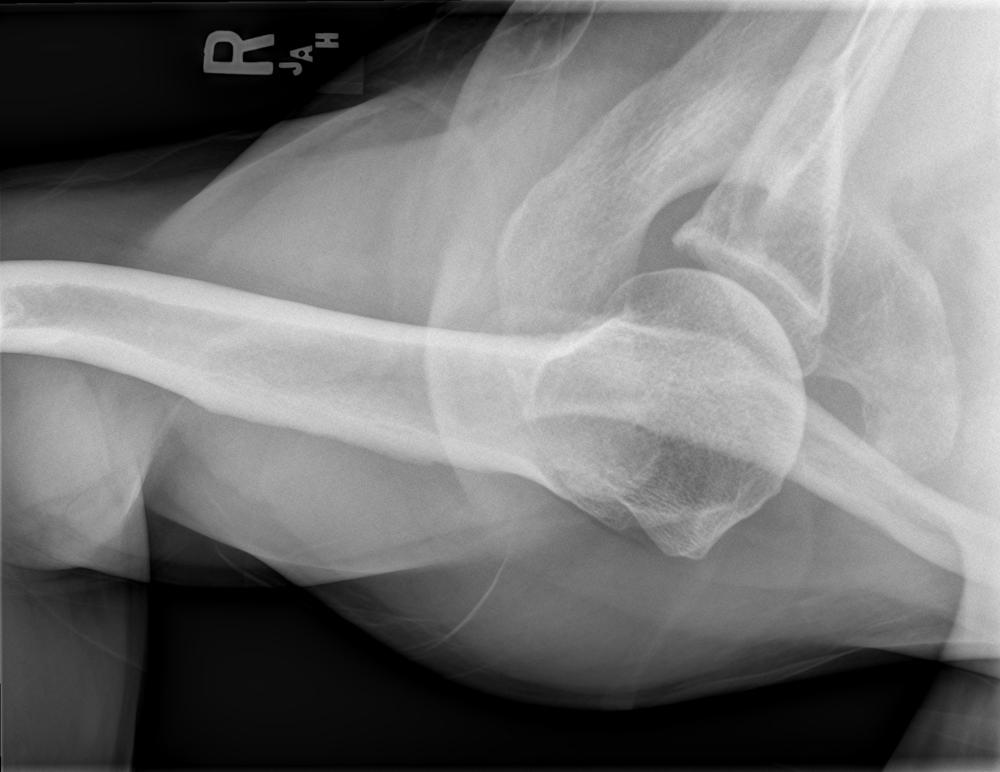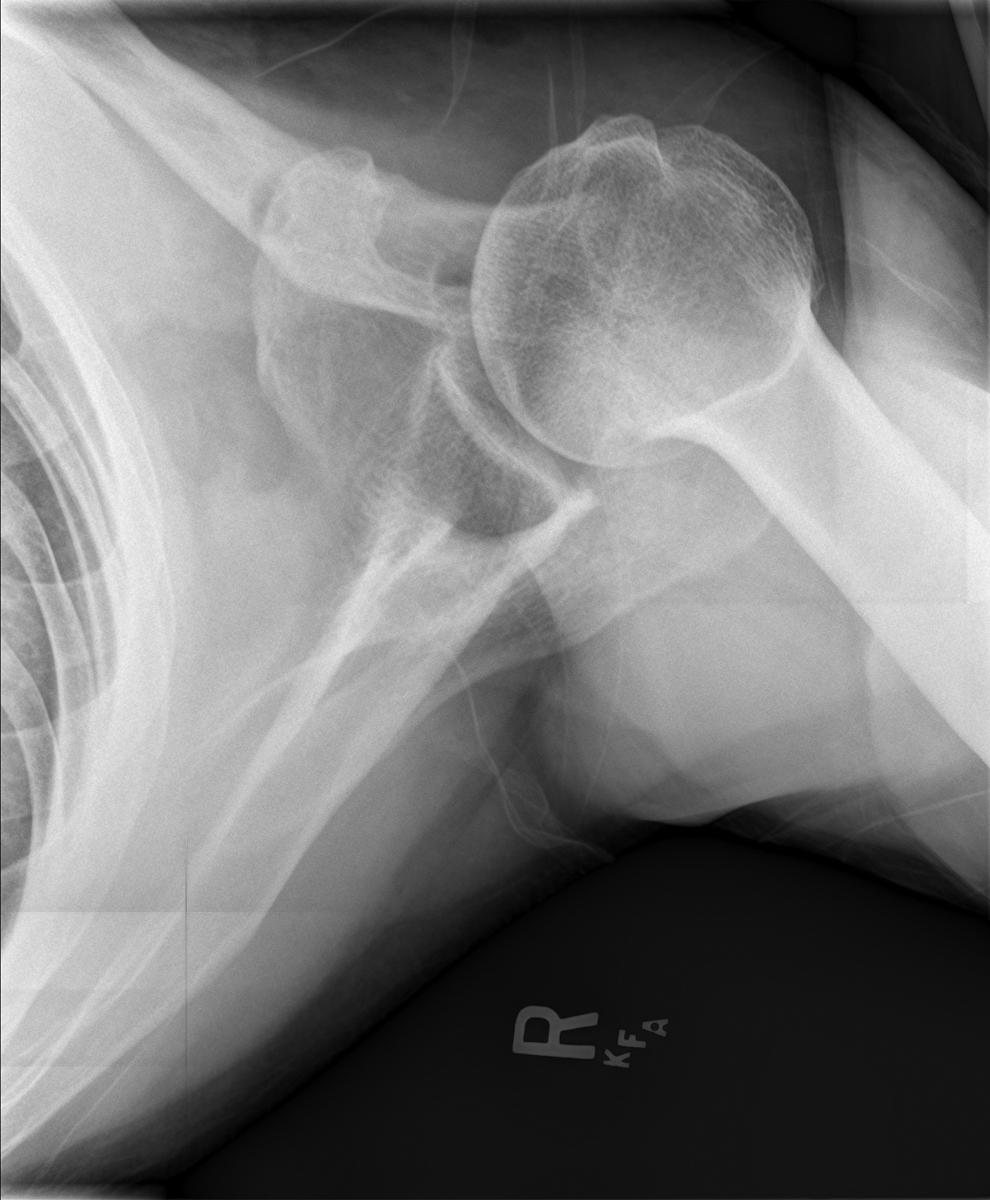Physical Address
304 North Cardinal St.
Dorchester Center, MA 02124
High-grade acromioclavicular (AC) joint injuries (Rockwood types IV, V, and VI) are usually treated operatively due to considerable morbidity associated with a persistently dislocated AC joint and severe soft tissue disruption. , In some type IV–VI injuries, primary conservative treatment may be considered; however, if the patient remains chronically symptomatic, surgical intervention to improve range of motion (ROM), strength, and pain control is recommended. , Additionally, surgery is recommended in chronic AC joint instability (including type III) with previously failed conservative treatment and/or persistent horizontal instability, limited ROM, and scapular dyskinesia—especially if these symptoms occur in high-demand athletes or manual laborers.
Lack of pain or dysfunction, advanced osteoarthritis, severe neurological pathology, and ongoing local or systemic infection are considered contraindications for AC joint reconstruction. Furthermore, all patients must be willing and able to undergo and comply with the proper postoperative rehabilitation and restrictions. Thus patients with alcoholism, end-stage Alzheimer’s disease, severe psychiatric comorbidity, or other conditions which may affect postoperative adherence to the rehabilitation protocol are not good candidates for this procedure.
A detailed clinical evaluation including a complete physical examination of the glenohumeral joint, sternoclavicular joint, cervical spine, and ipsilateral upper extremity along with a complete neurovascular exam is key for correct classification of the injury and to rule out any concomitant pathology. Coexisting pathology is frequent, with lesions of the long head of the biceps tendon or SLAP (superior labral anterior-posterior) lesions reported in up to 18% of high-grade AC joint dislocations.
Ecchymosis over the AC joint and a possible deformity (depending on the severity of injury) can be revealed by inspection. Tenderness to direct palpation over the AC joint and pain with crossed body adduction confirms AC joint injury. , , , A less common way of confirming the diagnosis, but still helpful is relief of pain after injection of local anesthetic into the AC joint.
Subsequently, the physician should focus on evaluating vertical displacement, horizontal and rotational instability. Horizontal and rotational stability of the AC joint can be assessed by moving the clavicle in an anterior to posterior direction while stabilizing the acromion. Physical examination should detect if present horizontal or rotational instability may result in pain or scapula dysfunction. Painful “scissoring” of the lateral clavicle over the acromion with cross-body adduction has been shown to be indicative of poor tolerance of a type III injury.
Assessing the scapulothoracic rhythm is critical, as clavicle normally functions as a strut, working in tandem with the periscapular muscles to create a mobile platform for the glenohumeral joint. However, in AC joint injuries, especially those poorly compensated with weak and/or uncoordinated periscapular musculature, there is frequently scapular dyskinesia with excessive scapular internal rotation and anterior tilt.
In addition to a thorough clinical examination, a detailed radiological evaluation is required. Both vertical and horizontal instability have to be detected using feasible and precise methods. Numerous radiographic techniques have been described in the literature including the bilateral Zanca view, bilateral panoramic view, (dynamic) axillary view, and stress imaging. To date, a widely accepted standardized radiographic protocol does not exist. Vertical instability can be diagnosed with high inter- and intraobserver reliability in a bilateral panoramic view by measuring the coracoclavicular (CC) distance, thus allowing for direct correlation of the CC distance to the uninjured contralateral AC joint. ,
At the authors’ institution, standard radiographs include an anteroposterior (AP) view, supraspinatus outlet view, axillary views, and bilateral Zanca views. By using the Zanca view, the source-to-image distance is increased to 72 inches in combination with increasing the tube voltage to 73–80 kV ( Figs. 14.1–14.4 ). Complete CC ligament disruption can be detected by an increase in the CC distance (usually 1.1–1.3 cm) of 25%–50% over the normal side. If a patient presents with a complete dislocation of the AC joint and a normal CC interspace (average 1.1–1.3 cm), this may indicate a fracture of the coracoid base. Thus AC joint dislocation (or CC interspace) may be better diagnosed with a Stryker notch view. To evaluate the coracoid base and to assist in differentiating a type III from a type IV AC joint injury, we recommend an axillary view of the shoulder.




Assessment of horizontal and rotational instability is considered as one of the most important steps in AC joint treatment recommendations. A correct and reliable diagnosis is often difficult with heterogeneous inter- and intraobserver reliability being reported in the current literature. Bilateral modified Y-views with the arm in adduction (e.g., Alexander view) can be used to detect horizontal instability by quantifying posterior translation and “scissoring” over the acromion. , However, to date, there remains a lack of evidence regarding the advantage of this radiographic view.
Magnetic resonance imaging (MRI) of the shoulder may be useful for detecting concomitant injuries of the glenohumeral joint. These often include SLAP lesions or rotator cuff tears. In rare, chronic, or revision cases, computed tomography (CT) scans may be needed for detailed visualization of osseous structures or technical failures including insufficient fixation, bone tunnel widening or position, and clavicular and/or coracoid fractures.
Become a Clinical Tree membership for Full access and enjoy Unlimited articles
If you are a member. Log in here